Updating the software on a just-bought iPhone could become a thing of the past, with a new system rolling out to Apple Stores in April that will update the software on devices still in the packaging.
When buying new products with computing capabilities, one of the first things to happen after opening the box and turning it on is to check for software updates. It now appears that Apple is preparing to introduce new hardware in its retail outlets to help prevent users from having to deal with the task.
The system, initially leaked in October, is said in Mark Gurman's "Power On" newsletter for Bloomberg on Sunday to be called "Presto." Taking the form of a small metal cubby, the idea of the device is to be able to provide power to an iPhone and trigger an iOS software update, without removing any of the packaging surrounding the iPhone at all.
The system has been in place outside of retail for some time. It uses MagSafe for power and other wireless technologies to manage the update process itself.
After the update has been downloaded and installed to the iPhone, it automatically powers back down.
All of this happens from the inventory room of the Apple Store, out of view of customers. Once updated, the iPhone can be stored until a customer buys it or another software update is required.
After a period of testing, Gurman now says Apple is preparing for a rollout to all stores in the United States, starting in April. All Apple Store locations in the United States are expected to have the device in use by the early summer.
 Malcolm Owen
Malcolm Owen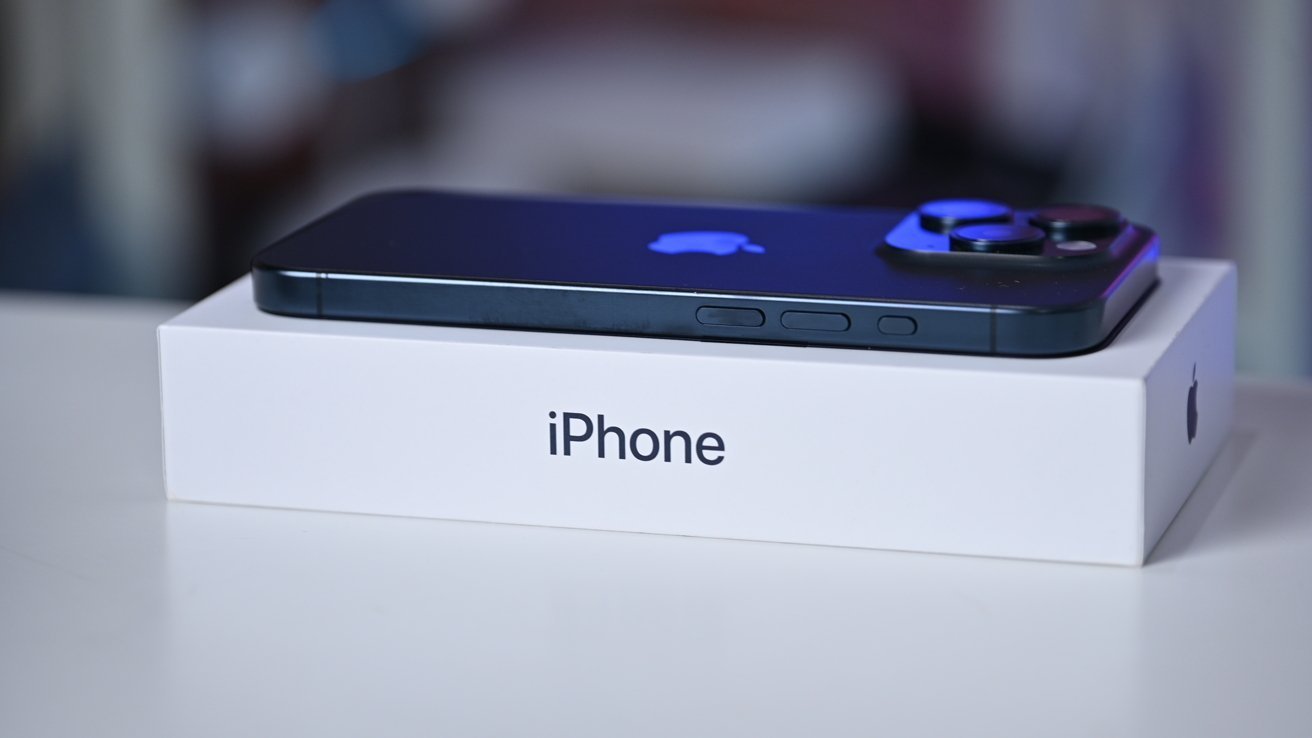



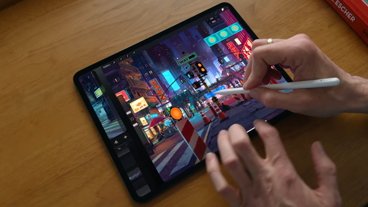


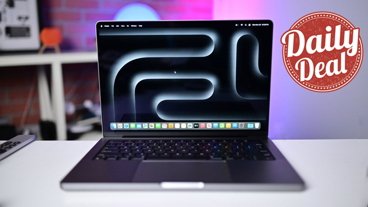

 Brian Patterson
Brian Patterson
 Charles Martin
Charles Martin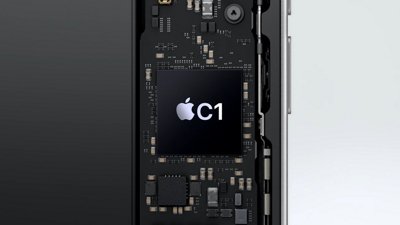

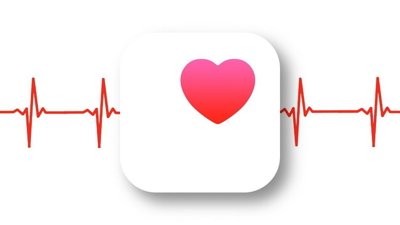
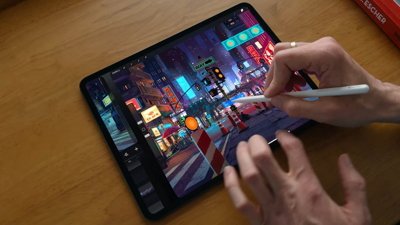
 William Gallagher
William Gallagher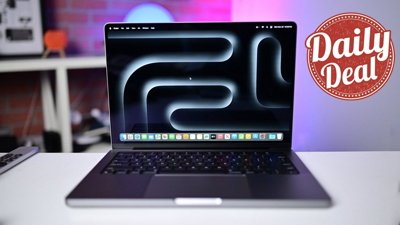
 Christine McKee
Christine McKee
 Marko Zivkovic
Marko Zivkovic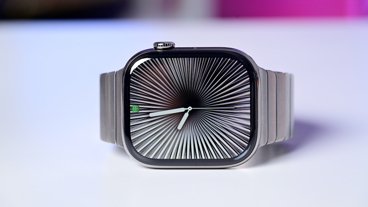
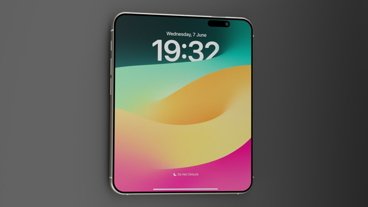




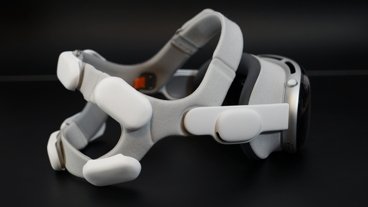



11 Comments
Seems like that could cause heat concerns, and if done a few times, low battery levels. Pretty nifty though.
Apple's update process is one of the crown jewels of the company. Sure, I'd like to have a little more control over when updates are performed and how they are managed on my devices, but the reliability of Apple's update functionality itself is enviable and without equal for anyone who's had to provide similar (but never quite as good as Apple's) product firmware and software updates for deployed and in-service products. It's been about 16 years since an Apple update "bricked" one of my devices, an iPod Touch. Since it was my first Apple product I wasn't aware of some of the recovery options available to me at the time. I probably could have fixed it myself, but when I brought it into the Apple Store they looked at it, took my case off my iPod, and slapped my case on a brand new replacement iPod. I was in and out of the store in 5 minutes.
The only other time an Apple update failed me was when I installed a Beta 1 version of macOS with APFS on a Fusion drive equipped Mac before Apple had officially recognized that APFS didn't play well with Fusion drives. But that was a Beta thing and the only one you can blame for messing up your machine with a Beta version is yourself. Time Machine rescued me after a total rebuild of the Fusion drive. It took at least one more major release of macOS for Apple to get APFS working correctly with Fusion drives. I've since had no problems. The up side is I learned a lot about Fusion drives in the process, which allowed me to add several more years of useful life to my 1 TB hard-drive-only Mac mini (2014) by adding a 500 GB M.2 SSD and rebuilding the two drives into one 1.5 TB Fusion drive. Huge, huge improvement.
I'm sure Apple considered potential heat issues of running an update on devices that are still in their packaging. Apple has significantly lightened up on their packaging over the past few years. They don't cocoon their devices in foam or Styrofoam that would seriously trap the heat. The fact that they can power up a packaged iPhone using MagSafe tells us that the gap between the phone and the charging pad must be fairly thin and trap less heat.
So, the iPhones will be placed back side to the top? So, when you open the box, you see the back of the phone? This would place the induction charging pad as close to the surface as possible.
Started to respond to the security issue saying that it just triggers a standard update and how would that be different... but the device isn't activated on a cellular plan yet and it isn't connected to a known wifi network. Does it just reach out and connect to a public wifi network?
Hopefully the update mechanism uses some form of cert pinning so no man-in-the-middle attacks can occur.